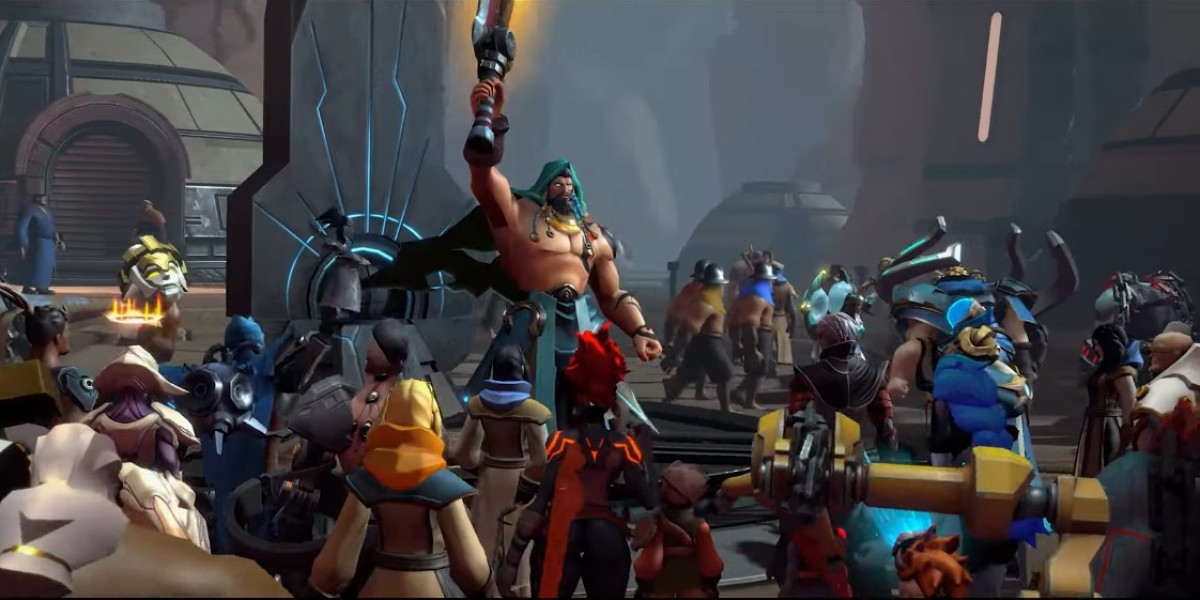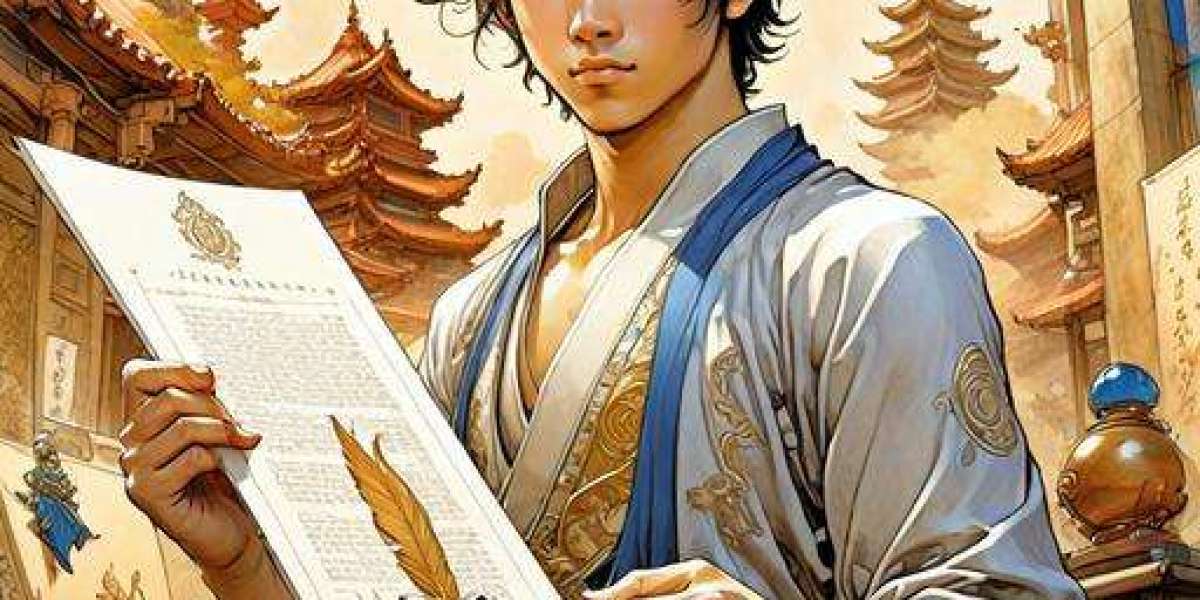In today’s gaming landscape, where sprawling open worlds often mask shallow experiences and endless live service mechanics blur the line between hobby and habit, Warborne: Above Ashes emerges as something refreshingly rare: a game that knows exactly what it wants to be—and becomes it, unapologetically. This isn’t nostalgia disguised as innovation, nor is it a retro-fueled echo of better times. Warborne Above Ashes Solarbite is modern, bold, and deeply intentional, yet it taps into something timeless: the soul of storytelling, the thrill of challenge, and the satisfaction of meaningful progression.
Developed with reverence for the past but an eye firmly on the future, Warborne: Above Ashes doesn’t chase trends. It sets its own course, building a world and experience that prioritizes depth over breadth, substance over spectacle. In doing so, it reminds us of why we fell in love with video games in the first place—not for daily login bonuses or seasonal cosmetics, but for the wonder of exploring a world that feels alive, the excitement of uncovering a story that matters, and the rush of mastering systems that respect the player’s time and intelligence.
A World Forged from Ashes
The setting of Warborne: Above Ashes is not just a backdrop for gameplay—it is the gameplay. The world is a post-cataclysmic mosaic of ruined cities, fractured continents, and civilizations that have clawed their way back from the brink of extinction. Unlike many post-apocalyptic games that lean heavily on despair and decay, Warborne frames its world through resilience and renewal. This is not a game about what was lost, but what can be built again.
The design philosophy behind the environment is deeply embedded in narrative. Every shattered skyscraper and scorched forest is a reminder of a global conflict that ended the old world and birthed a new one—one with new rules, new powers, and new threats. There’s a tangible sense that history breathes through the terrain. You don't just pass through locations; you inhabit them, learning their scars and secrets.
Rather than scatter its lore across dozens of audiologs or time-gated codex entries, Warborne delivers its history through encounter design, visual storytelling, and character interaction. The world tells its story not through exposition, but through immersion.
Systems that Respect the Player
Too many modern games treat players as statistics—DAUs, retention rates, monetization vectors. They are designed for engagement over enjoyment, for retention over resolution. Warborne: Above Ashes breaks from that pattern. It doesn’t want you to play forever; it wants you to remember playing.
This philosophy is evident in its mechanics. Progression is streamlined but never shallow. Character development is layered, offering specialization and depth without forcing players into spreadsheet optimization. Side content feels handcrafted rather than procedurally generated, and choices have long-term consequences that actually ripple through the game world.
Perhaps most notably, Warborne doesn’t waste the player’s time. There are no filler quests, no arbitrary level gates, no content bloat meant to inflate playtime. Instead, every mission, interaction, and upgrade serves a purpose—narrative, mechanical, or emotional. This design restraint is radical in an industry obsessed with time-on-platform metrics, and it pays off in player experience.
Narrative with Real Stakes
If the world is the body of Warborne, its narrative is the beating heart. This isn’t a story told through loading screen blurbs or third-party companion novels. It’s a fully integrated experience that draws players into the lives, politics, and philosophies of a broken world trying to redefine itself.
You play not as a chosen one destined to save the world, but as a survivor, strategist, and leader navigating the complexities of a society on the brink. The story explores themes of legacy, trauma, and what it means to rebuild—not just cities, but ideals. Factions aren’t color-coded villains or saints; they’re driven by ideology, memory, and survival instincts. Your alliances matter, not just mechanically but philosophically.
Dialogue choices influence more than just branching storylines—they shape how NPCs respond to you, what missions become available, and how your character is remembered. Consequences aren’t signposted with “moral choice” indicators; they emerge organically, and sometimes uncomfortably.
And crucially, the story ends. It concludes with finality and impact, offering catharsis rather than a tease for the next season pass. It trusts players to invest deeply—and rewards them with closure.
Combat that Feels Earned
Beyond story and setting, Warborne excels in one of the most important pillars of game design: combat. This isn’t a mindless loop of attacks and cooldowns; it’s a tactical, satisfying system that encourages adaptation and mastery.
Combat in Warborne blends real-time strategy with RPG mechanics. Positioning, terrain, and timing matter as much as raw stats. The game encourages experimentation, whether through modular gear systems, battlefield control abilities, or synergies between squad members.
There’s a distinct absence of grind. You don’t fight because the game wants you to pad XP— you fight because the world pushes back. Enemies aren’t just damage sponges; they’re threats that behave like they belong in the world, with tactics and weaknesses that demand attention.
Boss encounters are particularly memorable, often functioning as narrative climaxes rather than mechanical hurdles. Each one tells a story—of corruption, of vengeance, of sacrifice—and defeating them feels like resolving a chapter, not just checking a box.
Aesthetic with Purpose
Visually, Warborne: Above Ashes is striking without being overstated. Its art direction favors atmospheric storytelling over photorealism. The color palette evokes a world teetering between desolation and rebirth—harsh landscapes punctuated by hopeful blooms of civilization.
The user interface is elegant and minimal, resisting the trend of screen-cluttering overlays. Audio design reinforces the mood—subtle environmental sounds, restrained musical motifs, and voice performances that sell both character and world.
It’s a beautiful game, but more importantly, it’s a cohesive one. Every visual and auditory element serves the experience rather than distracting from it.
No Live Service Chains
Perhaps one of the most radical things about Warborne is what it doesn’t include. No battle passes. No mandatory online check-ins. No cosmetics shop rotating weekly. It’s a self-contained, premium experience that dares to say, “This is the game.”
That’s not to say the developers are anti-community. Post-launch support includes quality-of-life updates, balance tweaks, and possibly narrative expansions. But these additions are just that—additions, not crutches to carry a half-finished product. The game ships complete and confident in its identity.
In an industry increasingly dominated by never-ending games-as-a-service models, Warborne stands as a counterstatement. It’s not interested in keeping you playing indefinitely. It’s interested in giving you something worth remembering.
Conclusion: A Game That Remembers
At its core, Warborne: Above Ashes is a love letter to what video games can be when they are crafted with care, intention, and a respect for the player. It remembers why we sit down in front of a screen, controller in hand—not to be manipulated into engagement loops, but to experience something meaningful.
It doesn’t try to be everything for everyone. It’s not about volume, flash, or market reach. It’s about impact. It’s about delivering a game that is whole: a world with gravity, a story with consequences, mechanics with integrity.
In a time when so many WAA Solarbite are designed for addiction, Warborne is designed for satisfaction.
And that makes it something truly rare—and truly special.








